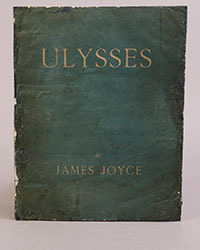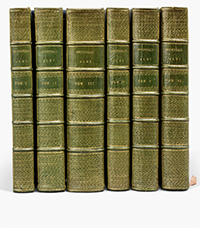If you are a regular reader of RBH Monthly you’ve noticed we have been expanding our services. We’ve increased our auction coverage both for free readers and paid subscribers. Every Sunday we send a free report on what transpired internationally during the prior week and what is coming up next in the future. It is comprehensive and increasingly popular. Every week RBH archives all the results from 40 to 100+ auctions. We now have over 15 million transactions in our database.
(NB If you don’t already get it - sign up for it for the free weekly report at https://www.rarebookhub.com/pages/become_member Click on the FREE section at the far left of the screen and it will start arriving on the next Sunday. If you are a subscriber you’ll get it automatically and the links will all work once you LOG INTO YOUR ACCOUNT.)
In line with weekly auction reports, this spring we also began to expand our social media presence. I got the nod to keep tabs on the auction highlights of each week.
As a longtime writer I’ve had many “beats” in the past. I’ve covered local politics, land use, health, popular culture and of course - books. I got my first national byline in 1968. More than 50 years later I am a rookie on the auction beat, and a novice social media influencer.
As a semi-retired antiquarian bookdealer I have the standard humanities credentials: a degree in graphic arts, years of working in bookstores, including my own, my parents and others. Add stints over the years in fine libraries, archives, museums and special collections and I’ve come out with expensive tastes and a pretty solid general knowledge of older books and paper collectibles. However, I’m still a newbie in the world of “Going, Going, Gone.” As for “followers,” I think you can still count them on the fingers of two hands.
So what have I learned? For starters I’ve realized that while many of those auctions sell antiquarian paper, when it comes to serious money, the real action is in fine arts, comics, sports cards and memorabilia, early computer ephemera, Pokemon and other gaming items, as well as coins and currency.
The biggest player, especially in comics, pop culture & entertainment, posters, animation, sports and trading cards is Heritage. Each week the Dallas firm moves lots of merchandise, and those results all show up in our data base.
However our primary focus continues to be rare books, prints, maps, photos, ephemera, manuscripts, documents and other scarce works on paper. These still sell; some go for six and seven figures. Even so, for the most part, they tend to be pretty far down the food chain.
When I started I tried to look at everything. When that proved impossible, I tried to get a feel for the general sweep of things. About a month in, I stopped tracking the outcomes for million dollar baseball cards, and focused primarily on lots that were more in keeping with our antiquarian interests.
As for social media, Reddit was my vehicle of choice. Reddit has 110.4 million daily active users according to Backlinko. In Sept. 2025 the platform had 416.4 million weekly active users. Reddit is one of the most visited websites globally and has recently become the second most visited site in the U.S.
Statistics aside, I found that it was far more interesting and diverse than Facebook and easier to reach larger numbers than any of the other popular platforms. The Reddit demographic leans toward younger males interested in video games, prankish humor, and niche areas like crypto-currency. As a group they’re liberal, have a pretty good grasp of technology and there are more than a few who hold high paying jobs in business, computing and similar fields.
Spending more time on the feed I learned words like incel (an involuntarily celelibate male), and abbreviations like AMA (Ask Me Anything). I lurked around the edges of sub-reddits related to art/books/history/jokes/politics/photography/oldmaps and others in a similar vein. Some subs like “r/Rarebooks” have only about 50k members.Others like “r/Astronmy has over three million. In the more generic r/Science there are more than 34 million users. Bigger doesn’t always mean better, but getting a post accepted in a sub with many readers really does boost the engagement.
The first thing to know is each one of these subs have their own rules and you have to read and follow them. In the beginning I missed that point and am now banned forever in at least a couple of places. The next thing to know is each sub has volunteer moderators (the mods) who decide what does and doesn’t go up, and these folks can be a little peckish at times. There are also many operations performed by bots, and even though they call them “large language trained” for the purpose of the antiquarian trade they are uniformly illiterate and at best a work-around.
Speaking of literacy it’s interesting to note that while Redditors are indeed interested in what’s selling at auction, what they are reading themselves is pretty eclectic and mostly contemporary. Favorite authors, in no particular order, include Stephen King, RR Tolkien (who also has his own sub), Frank Herbert, Phillip K. Dick, Cormac McCarthy (also with his own sub and legions of avid, even obsessive fans). There are many of the standard modern and classical authors who get the nod, including Jane Austen who has her own (small) sub. If there’s one genre that fascinates them and where there are many serious readers it's r/Sciencefiction with a respectable 281k signed up.
One bookish post that drew good numbers was a nice first edition of I,Robot with its original striking red dust jacket. Another was a group of Lovecraft firsts in Arkham editions that elicited moans and groans about the prices - “too high,” and quibbled that this was “not even Lovecraft’s best work.”
But not everyone is so sophisticated; many who frequent book related subs are seldom aware of how to tell a first edition, what the information on the copyright page means, what is a point of issue, and all the general knowledge serious book people usually pick up early on.
What finds a receptive audience on social media is very different from what sells at auction. The high end art market is getting increasingly squishy. In May a Giacometti bronze bust estimated at $70 million stalled at $64 million and was pulled from auction because it did not meet the seller's undisclosed reserve. The fall out from that event sent a shudder through the upmarket sellers.
In October a piece in Artnet suggested that the new sweet spot in the big ticket art market is now in the $1 million to $10 million range. That’s still a lot of money, but it’s not $70 million.
One thing about the auction art market at the high end is it can be repetitive. The same names appear over and over, and often offer lesser examples, especially works by Warhol, Picasso, Basquiat, Hockney, Harring, Rauschenberg, Lichtenstein and sometimes Ruscha.
In only a short time on the auction beat I’ve found there are lots of great houses outside North America. London based Christies has been having some really awesome sales, especially in photography. Bonhams, also based in London, is always worth a look. Lyon and Turnbull in Scotland recently sold a wonderful lot of AA Milne firsts. I loved the Irish material offered in October by Fonsie Mealy Auctioneers, a family-run auction house in Ireland. There’s always a good selection at Alde’s in Paris.
I’ve become a fan of the Bogota Auction in Colombia, and learned the hard way how to spell the country’s name. (Hint - there’s no U.) I was called an “idiota” and an “imbécil” when I got it wrong, not once but a couple times. It took a humble apology (in English) and lavish contrition to set that one right. Did you know when people laugh at you in Spanish they spell it “Ja-Ja-Ja-Ja?”
One of the most common hazards of the beat is to be mistaken for a bot, AI or worse yet a scraper. And then there’s just plain beginner dumb: this week I learned that the reason so many Italian firms have ”casa d’aste” in their name is because it means “auction house” in Italian.
I’m impressed with the number of single subject or specialty auctions I’ve been seeing. They don’t always bring the highest prices or draw the biggest crowds, but there have been some really interesting special events. In October SD - Oslo held a sale of Nordic manuscripts. The same month Dominic Winter (UK) hosted an all Beatrix Potter event. Here in the US, Fleischer’s had three days of Americana with an emphasis on the Civil War. The first day was all Confederate photography. It was stunning: Fewer than fifty lots were offered and each one sold. Those sales all had well known material, but there have also been interesting and relatively high value sales in such niche categories such as unusual snooker ephemera and rare historical material on fishing flies.
I think the most information specific exchange I’ve had since I started posting was related to a 19th century Japanese drawing of a banquet given by the Japanese for US naval officer Commodore Perry on his historic diplomatic mission to open Japan to the West. In the picture the Americans don’t look very happy about the menu. I wasn’t quite sure where to put it and ended up posting In r/Sushi (561k members). There, one of the people who responded not only produced a higher resolution scan but also described precisely what the Americans were eating. Learn something new every day.
Antiquarian cookbooks, as well as food and beverage have many followers, so do maps and manuscripts. There is substantial interest in all kinds of ancient and early science and a huge group following computers and artificial intelligence. In June Alan Turing's papers sold at Hansons Auctioneers for a record £465,400. According to coverage at the time they just narrowly missed being shredded.
Some of the quirkier things that have come through the weekly results included an antique pencil made by the Thoreau Company, in Concord, MA. The catalog description said the company was owned by the family of Henry David Thoreau of Walden Pond fame, and in oblique terms implied the pencil might somehow actually have been made by the author. It sold for $6,875 at Heritage in September. (Yes, there is a “pencils” sub. It has 28k members). I was also fascinated by a 1950s vintage kid’s Atomic Energy kit said to feature real radioactive material and cataloged as “the most dangerous toy ever made.”
And so it goes.
Once again, don’t forget to sign up for our weekly auction results summary. It includes everything that came though the American and international firms during the prior week ending on a Friday. It comes out on Sunday night and it’s free, as is the calendar of auctions scheduled for the coming week.
We hope you enjoy our expanded auction coverage and urge you to communicate your comments, feedback and reactions to auctionnews2025@gmail.com

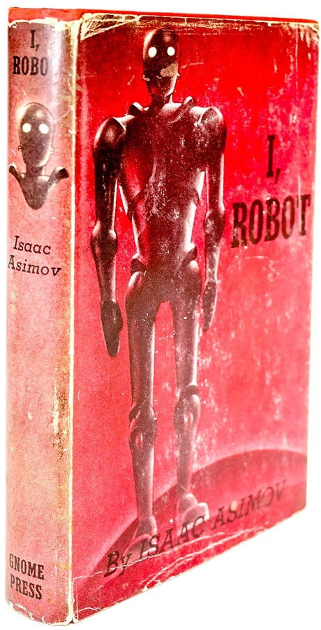
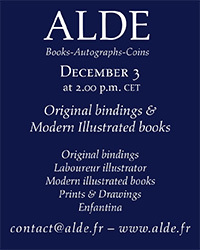
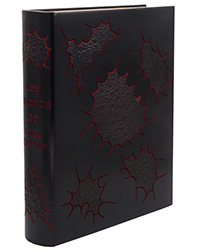
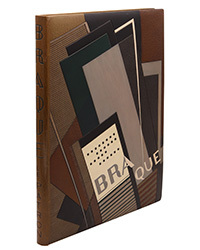
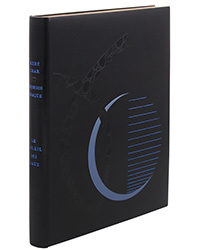
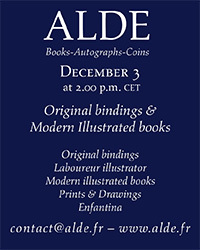
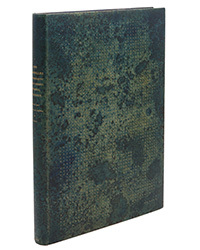

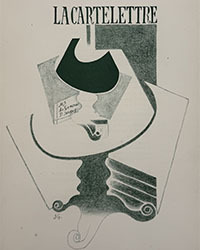
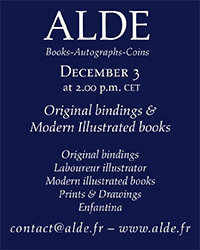
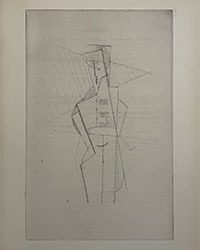
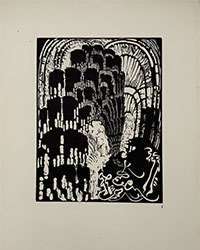
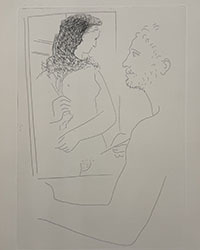
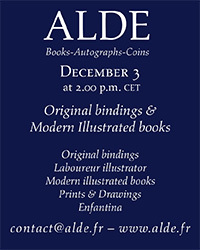
![<b>ALDE, Dec. 3:</b [PICASSO (PABLO)]. <i>Hommage à Pablo Picasso,</i> Paris, s.n., 1966. €8,000 to €10,000. <b>ALDE, Dec. 3:</b [PICASSO (PABLO)]. <i>Hommage à Pablo Picasso,</i> Paris, s.n., 1966. €8,000 to €10,000.](https://ae-files.s3.amazonaws.com/AdvertisementPhotos/f6ec5592-2bab-41b8-a105-7f0702d97750.jpg)

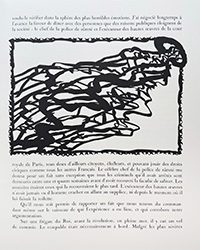


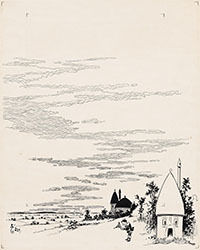
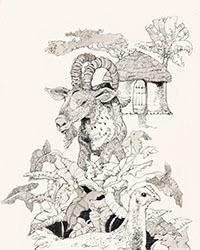
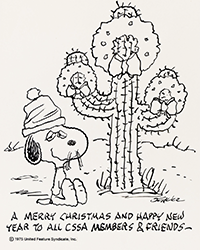
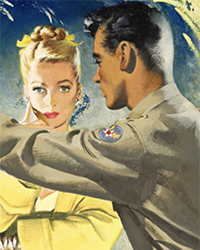
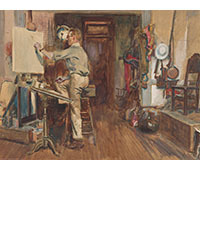
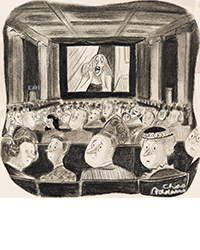
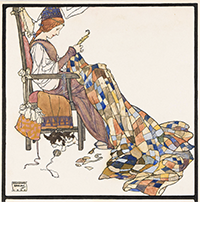
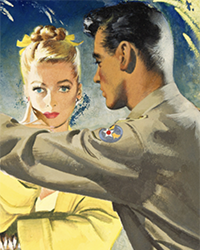
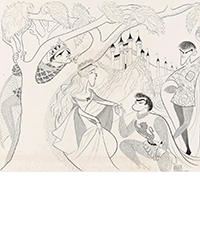
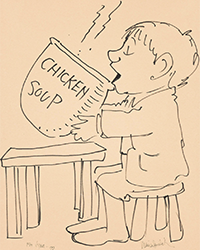

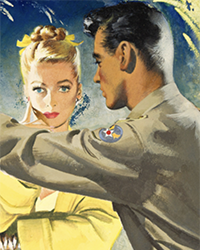
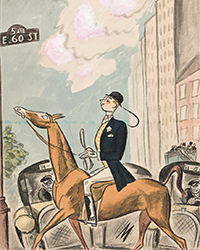

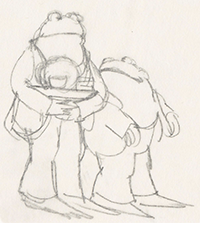
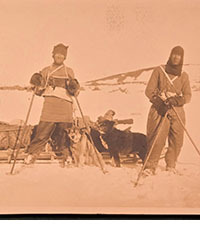
![<b>Scandinavian Art & Rare Books Auctions, Dec. 4:</b> ROALD AMUNDSEN: «Sydpolen» [ The South Pole] 1912. First edition in jackets and publisher's slip case. <b>Scandinavian Art & Rare Books Auctions, Dec. 4:</b> ROALD AMUNDSEN: «Sydpolen» [ The South Pole] 1912. First edition in jackets and publisher's slip case.](https://ae-files.s3.amazonaws.com/AdvertisementPhotos/0a99416d-9c0f-4fa3-afdd-7532ca8a2b2c.jpg)
![<b>Scandinavian Art & Rare Books Auctions, Dec. 4:</b> AMUNDSEN & NANSEN: «Fram over Polhavet» [Farthest North] 1897. AMUNDSEN's COPY! <b>Scandinavian Art & Rare Books Auctions, Dec. 4:</b> AMUNDSEN & NANSEN: «Fram over Polhavet» [Farthest North] 1897. AMUNDSEN's COPY!](https://ae-files.s3.amazonaws.com/AdvertisementPhotos/a077b4a5-0477-4c47-9847-0158cf045843.jpg)
![<b>Scandinavian Art & Rare Books Auctions, Dec. 4:</b> ERNEST SHACKLETON [ed.]: «Aurora Australis» 1908. First edition. The NORWAY COPY. <b>Scandinavian Art & Rare Books Auctions, Dec. 4:</b> ERNEST SHACKLETON [ed.]: «Aurora Australis» 1908. First edition. The NORWAY COPY.](https://ae-files.s3.amazonaws.com/AdvertisementPhotos/6363a735-e622-4d0a-852e-07cef58eccbe.jpg)

![<b>Scandinavian Art & Rare Books Auctions, Dec. 4:</b> SHACKLETON, BERNACCHI, CHERRY-GARRARD [ed.]: «The South Polar Times» I-III, 1902-1911. <b>Scandinavian Art & Rare Books Auctions, Dec. 4:</b> SHACKLETON, BERNACCHI, CHERRY-GARRARD [ed.]: «The South Polar Times» I-III, 1902-1911.](https://ae-files.s3.amazonaws.com/AdvertisementPhotos/3ee16d5b-a2ec-4c03-aeb6-aa3fcfec3a5e.jpg)

![<b>Scandinavian Art & Rare Books Auctions, Dec. 4:</b> [WILLEM BARENTSZ & HENRY HUDSON] - SAEGHMAN: «Verhael van de vier eerste schip-vaerden […]», 1663. <b>Scandinavian Art & Rare Books Auctions, Dec. 4:</b> [WILLEM BARENTSZ & HENRY HUDSON] - SAEGHMAN: «Verhael van de vier eerste schip-vaerden […]», 1663.](https://ae-files.s3.amazonaws.com/AdvertisementPhotos/d5f50485-7faa-423f-af0c-803b964dd2ba.jpg)
![<b>Scandinavian Art & Rare Books Auctions, Dec. 4:</b> TERRA NOVA EXPEDITION | LIEUTENANT HENRY ROBERTSON BOWERS: «At the South Pole.», Gelatin Silver Print. [10¾ x 15in. (27.2 x 38.1cm.) ]. <b>Scandinavian Art & Rare Books Auctions, Dec. 4:</b> TERRA NOVA EXPEDITION | LIEUTENANT HENRY ROBERTSON BOWERS: «At the South Pole.», Gelatin Silver Print. [10¾ x 15in. (27.2 x 38.1cm.) ].](https://ae-files.s3.amazonaws.com/AdvertisementPhotos/fb024365-7d7a-4510-9859-9d26b5c266cf.jpg)
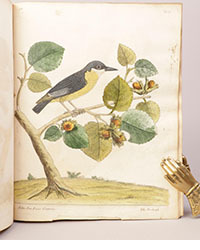
![<b>Scandinavian Art & Rare Books Auctions, Dec. 4:</b> PAUL GAIMARD: «Voyage de la Commision scientific du Nord, en Scandinavie, […]», c. 1842-46. ONLY HAND COLOURED COPY KNOWN WITH TWO ORIGINAL PAINTINGS BY BIARD. <b>Scandinavian Art & Rare Books Auctions, Dec. 4:</b> PAUL GAIMARD: «Voyage de la Commision scientific du Nord, en Scandinavie, […]», c. 1842-46. ONLY HAND COLOURED COPY KNOWN WITH TWO ORIGINAL PAINTINGS BY BIARD.](https://ae-files.s3.amazonaws.com/AdvertisementPhotos/a7c0eda0-9d8b-43ac-a504-58923308d5a4.jpg)
